PRE INSTALLATION CHECKLIST
Before installing wood, vinyl, or laminate flooring, there are four key areas to address:
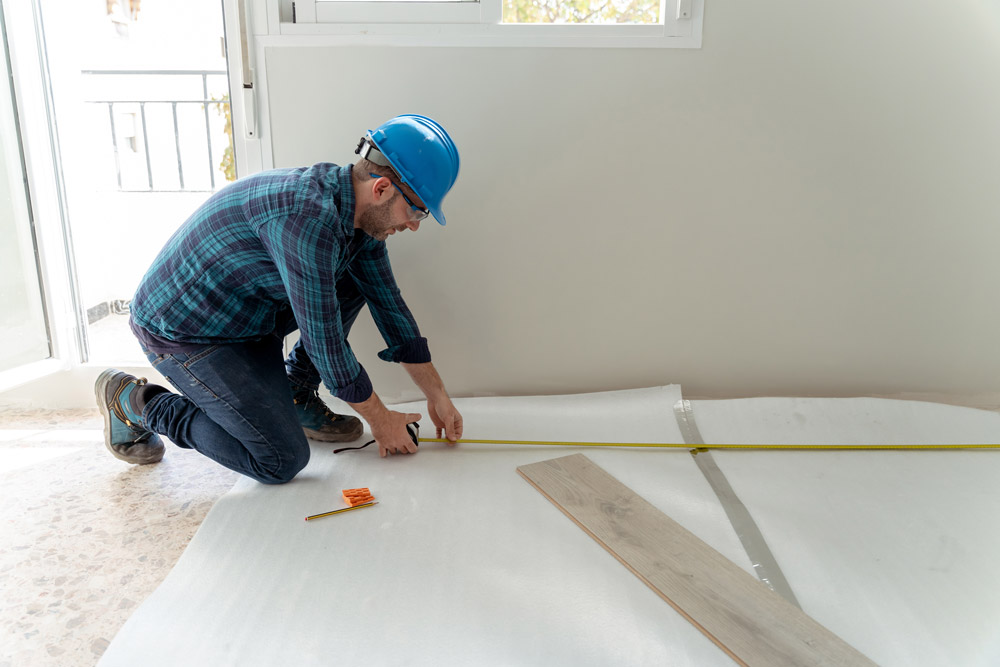
Prepare the subfloor.
Ensure it is clean, dry, and level. Remove debris, dirt, and any adhesive residue from previous flooring. Repair any cracks or uneven spots to create a stable foundation for the new flooring.
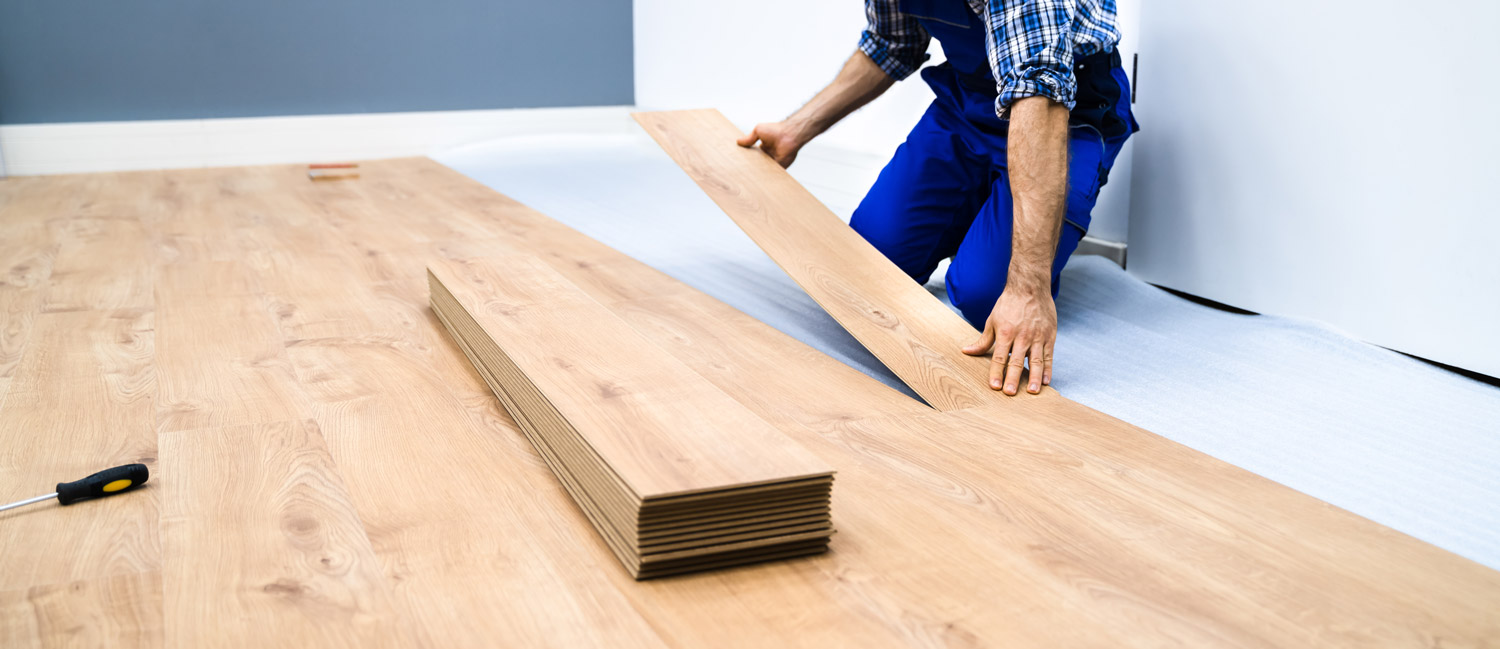
Acclimate the flooring.
Allow the materials to adjust to the room’s temperature and humidity for 48 to 72 hours. Stack the planks or tiles flat in the installation space to ensure they settle properly before being laid.
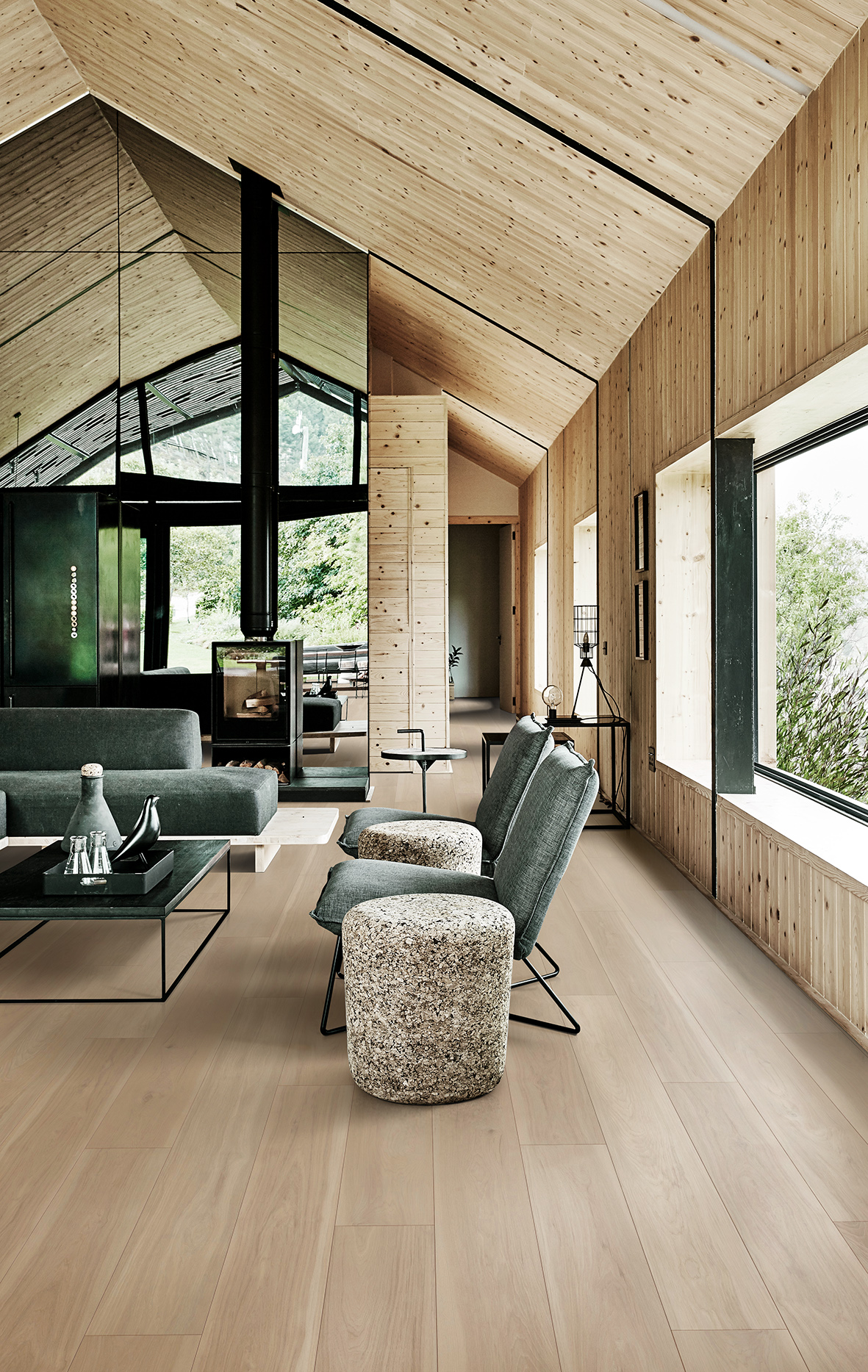
Check moisture levels.
Use a moisture meter to verify that both the subfloor and the flooring meet the manufacturer’s recommended moisture range. If you are installing vinyl or laminate over concrete, add a moisture barrier to protect against potential issues.
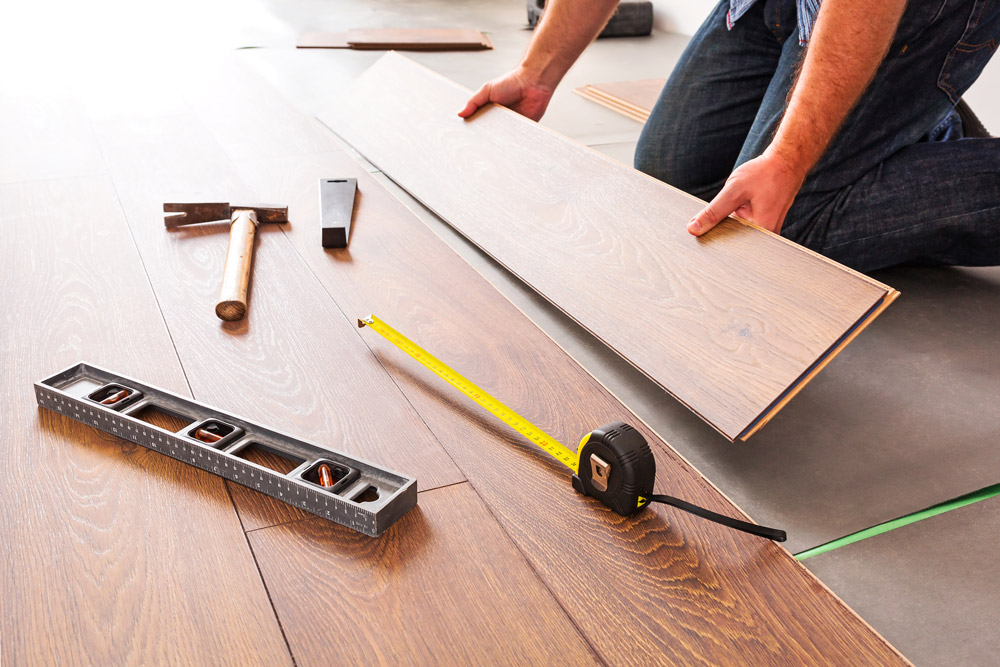
Plan and lay out the installation.
Measure the area carefully and plan the layout to avoid awkward cuts along the edges or corners. Test-fit a few planks or tiles to determine the best starting point, gather the necessary tools, and review the manufacturer’s instructions to ensure a smooth process.
Sunlight
Sunlight can be harmful to wood flooring over time due to its exposure to ultraviolet (UV) rays and infrared (IR) heat, which cause fading, discoloration, and structural changes. Here’s why:
UV Damage
UV rays from the sun break down the chemical bonds in the wood’s finish and surface layers. This leads to fading or a color change, with certain woods becoming lighter (e.g., cherry wood) and others darker (e.g., oak).
Heat from Infrared Rays
IR rays generate heat, which can dry out the wood. This heat causes the wood to lose its natural moisture, making it prone to cracking, warping, or shrinking over time.
Uneven Exposure
Areas exposed to more sunlight will fade or change color faster than shaded areas, leading to uneven tones or patchiness in the flooring.
Finish Degradation
Prolonged sunlight exposure can degrade the protective finishes on wood flooring, making it less resistant to scratches, stains, and wear.
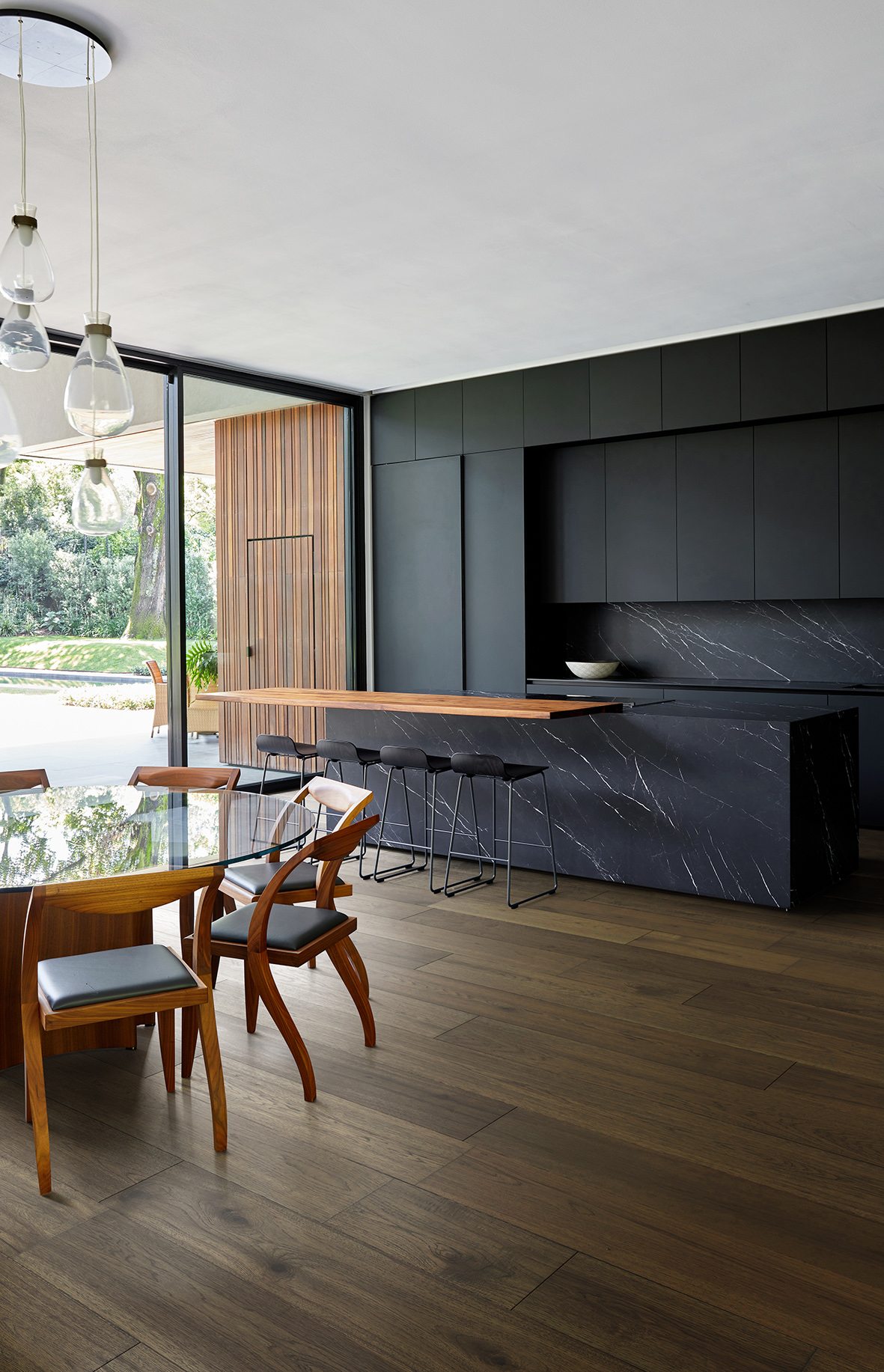
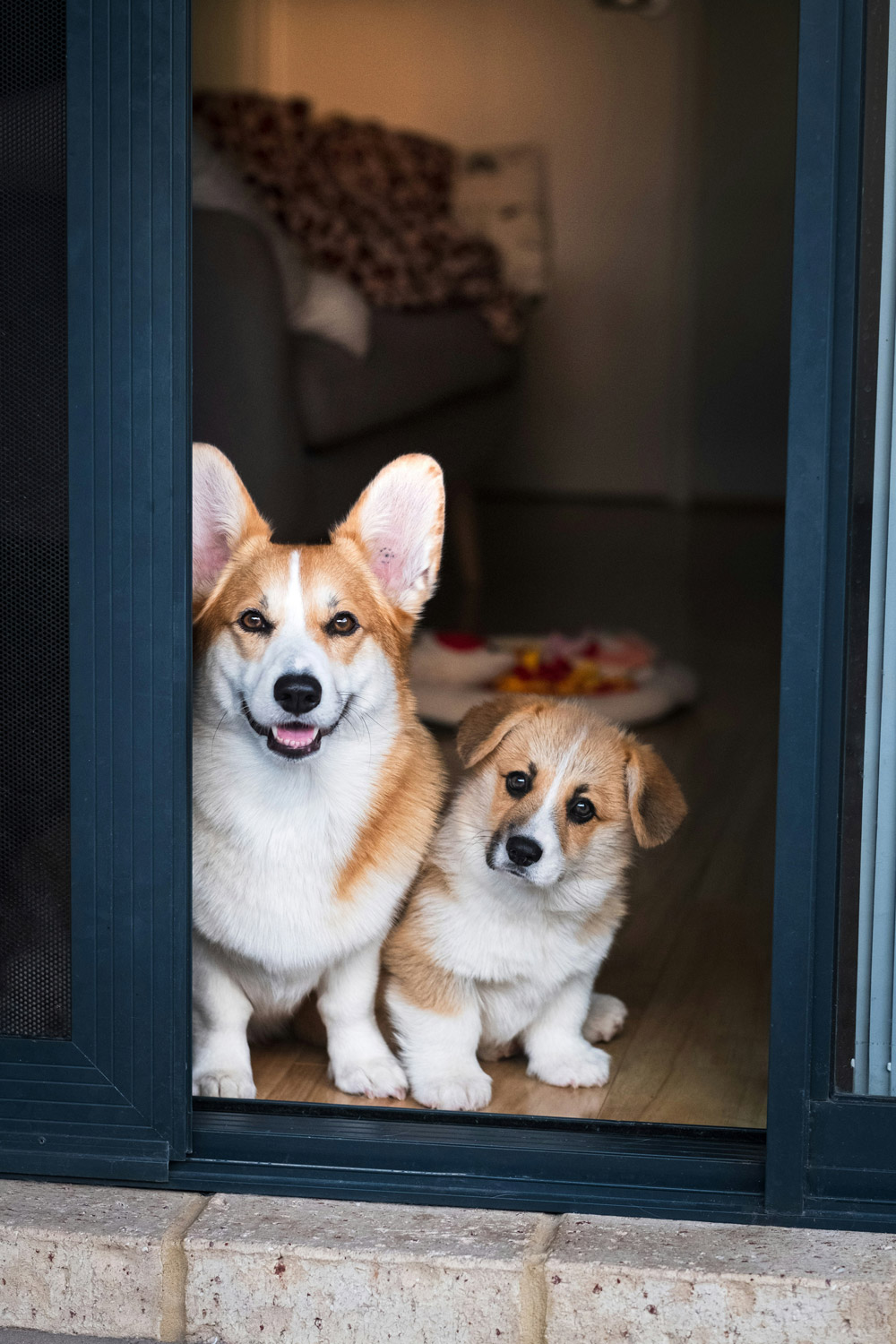
Pets
Having pets on a wood floor requires some extra consideration to maintain both the floor’s condition and your pets’ comfort. Here are key points to think about:
1. Protecting the Floor from Scratches
- Nail Trimming: Keep your pets’ nails trimmed to minimize scratching.
- Rugs and Mats: Place area rugs or mats in high-traffic areas to protect the floor from claws and sliding paws.
2. Managing Accidents and Stains
- Clean Spills Quickly: Wipe up any pet accidents immediately to prevent staining or moisture damage.
3. Preventing Moisture Damage
- Water Bowls: Place mats under water bowls to catch spills and prevent moisture from seeping into the wood.
- Dry Paws: Dry your pet’s paws after walks, especially in wet or snowy conditions, to avoid water damage.
5. Choosing the Right Floor
- Hardness: Choose harder woods (like oak, maple, or hickory) that are more resistant to scratches.
- Color and Grain: Lighter floors or floors with more grain can help hide minor scratches and pet hair better than dark, smooth surfaces.

